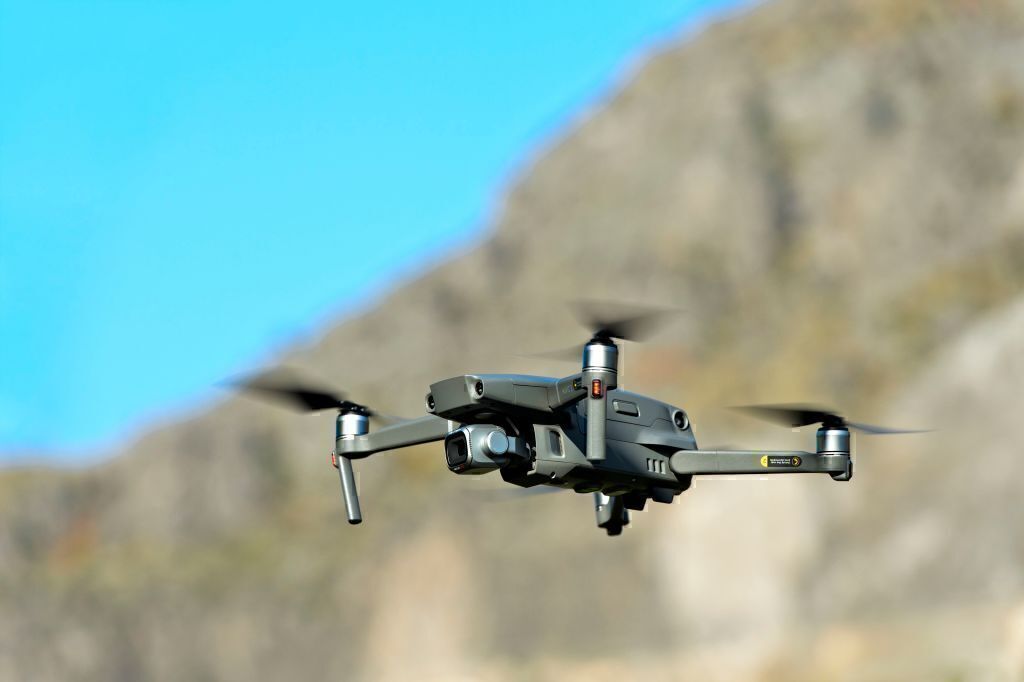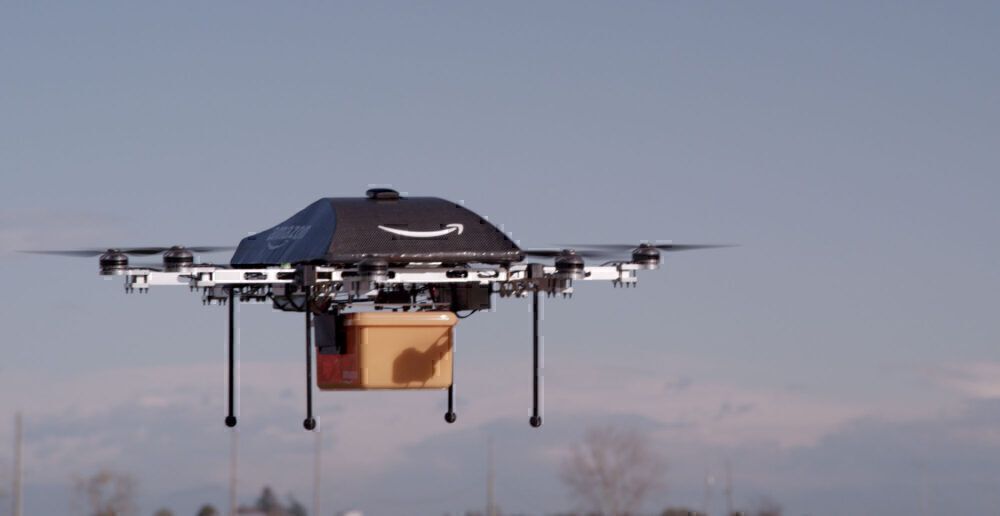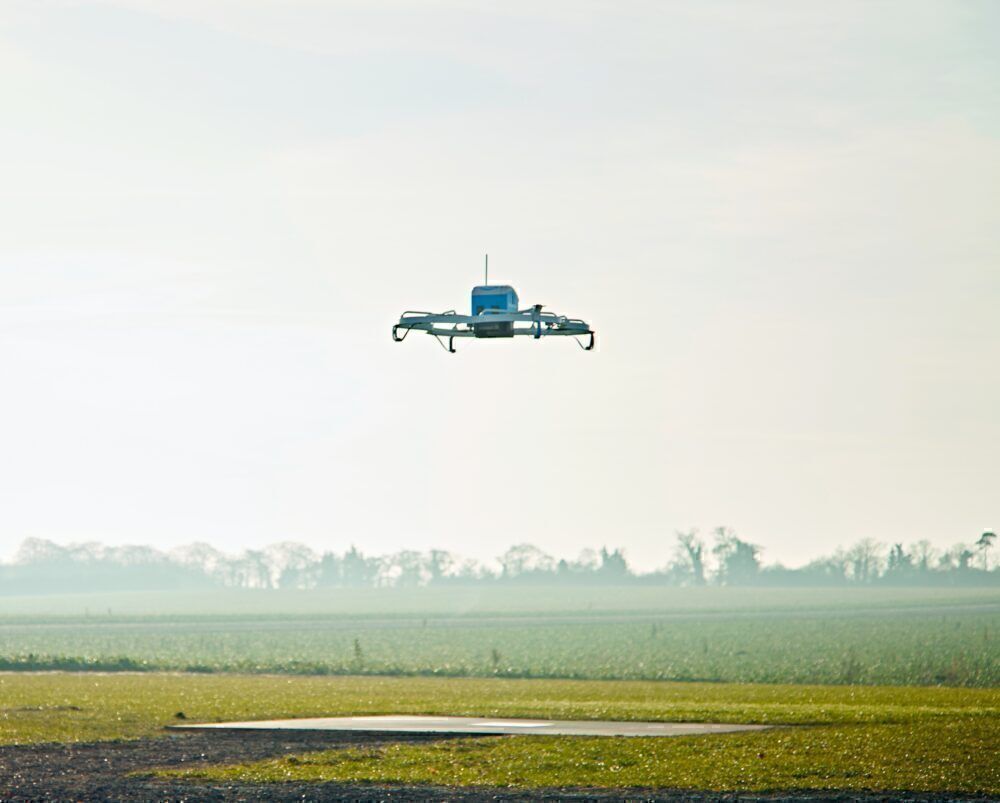The United States has moved to further regulate and control the use of unmanned aircraft, or drones. On Monday, the US Department of Transportation’s Federal Aviation Administration (FAA) said new regulations would see drones and their "control station" remotely identified.
“These final rules carefully address safety, security, and privacy concerns while advancing opportunities for innovation and utilization of drone technology,” said United States Secretary of Transportation Elaine L. Chao in a press release seen by Simple Flying.
An attempt to further regulate the fast-growing drone segment
According to the FAA, drones represent the fastest-growing segment in the transportation sector. There are over 1.7 million drone registrations and 203,000 FAA-certificated remote pilots.
In the near future, drones flying in the United States will have to broadcast the drone and control station's identification and location information using remote ID technology. The information gathered will be available to national security and law enforcement agencies and other officials charged with ensuring public safety.
The FAA says there are three ways drone operators can comply with the remote ID rule:
- Firstly, use a standard remote ID drone that broadcasts the drone and control station's identification and location information.
- Secondly, operate a drone with a remote ID broadcast module (which may be a separate device attached to the drone), which broadcasts identification, location, and take-off information.
- Finally, operate a drone without remote ID but at specific FAA-recognized identification areas.
Concurrent with the new remote ID rule, drone operators need to have their remote pilot certificate and identification in their possession when operating the drone. That identification must be presented to authorities on request. The range of authorities who can request identification is also being expanded.
The FAA attempts to balance competing interests and allow innovation
While some might see the new drone rules as an intrusion by the government, the FAA has a different view. The new rules are designed to help mitigate risks posed by the fast-growing use of drones. At the same time, the FAA wants to support technological and operational innovation and advancements.
“The new rules make way for the further integration of drones into our airspace by addressing safety and security concerns,” said FAA Administrator Steve Dickson in the release.
Previously, drone operators had to apply for an FAA waiver to operate a drone over groups of people, moving vehicles, or at night. With remote ID, that rule will fall by the wayside. The FAA says this will make drone operations more viable for commercial drone operators.
Businesses such as Amazon, United Parcel Service, and Wing are already trialing drone deliveries. The FAA is open, even keen, to see drone technology advance. But the FAA's rules governing flying come from a pre-drone era. Standard FAA rules don't cater to unmanned aircraft. For example, Amazon had to apply for an FAA waiver over a rule regarding flight attendants.
The FAA builds on earlier drone regulations
Recognizing the economic potential of commercial drones, the FAA began regulating the sector several years ago.
“We are part of a new era in aviation, and the potential for unmanned aircraft will make it safer and easier to do certain jobs, gather information, and deploy disaster relief,” said US Transportation Secretary Anthony Foxx in 2016.
At the time, the FAA imposed the rules covering drone operations over people, vehicles, and night flying. It was all in the name of public safety. The FAA also tackled the licensing, testing, and background checks of potential drone operators. However, the FAA also acknowledged the 2016 rules were the first step in managing drone operations in the United States.
Monday's announcement builds on those 2016 rules. The FAA rules will become effective 60 days after publication in the Federal Register. Drone manufacturers will have 18 months to begin producing drones with remote ID. Drone operators have an additional year to start using drones with remote ID.
What are your thoughts about the rules? Let us know what you think in the comment section.



